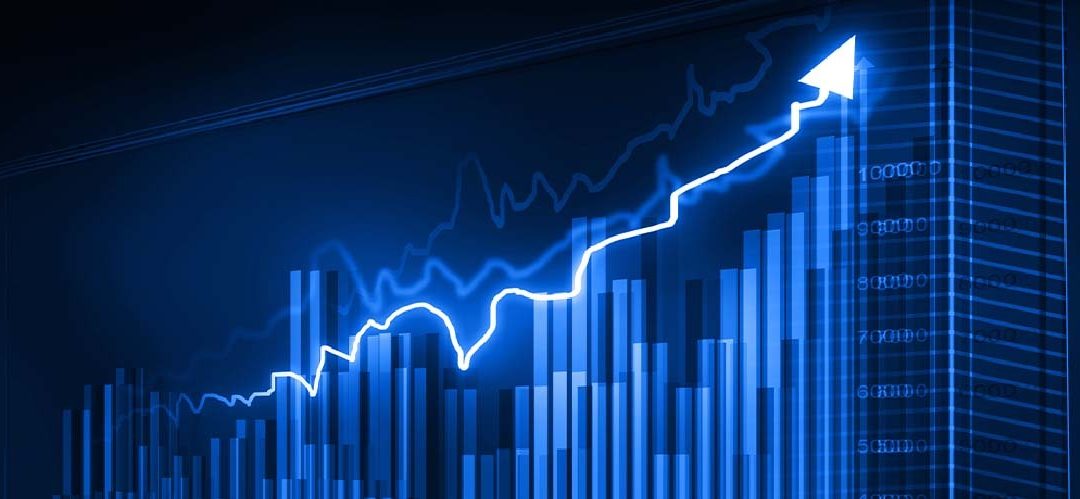India’s benchmark stock market indices, Sensex and Nifty, reached record highs on Thursday, closing at 75,418 and 22,967 respectively. This surge was fueled by Wednesday’s announcement of a substantial transfer from the RBI to the government, which is expected to enhance fiscal capacity and control the deficit.
Since the election announcement on March 16 (considering the previous Friday’s close), the Sensex has risen from 72,643.42 to 75,418.04, marking a 3.82% gain.
How does this compare with previous election cycles?
Stock markets are significantly influenced by both domestic and international events. Lok Sabha elections, with their broad implications, have historically impacted market movements. To understand this influence, HT analyzed historical market data from the past eight Lok Sabha elections.
Historically, markets have often shown muted responses on the day of election results. When counting fell on a market holiday, the analysis considered the next trading day. The 2004 and 2009 elections are notable exceptions, with significant market reactions on counting day: a crash in 2004 and a surge in 2009.
In 2019, despite a BJP-led NDA victory, markets dipped as the results were announced. This was likely because the victory was already factored in, and underlying economic weaknesses led to profit booking, causing prices to fall.
The 2004 market crash was triggered by the unexpected Congress-led UPA victory, which defied analyst expectations. Markets declined further as it became evident that the new coalition government would have left-wing support. It took around six months for the markets to recover to pre-election levels. Notably, 2004 is the only instance where markets saw a downturn during the entire election cycle, defined as the period between the election schedule announcement and counting day.
In contrast, the 2009 elections saw markets rallying both during the election cycle and on the first trading day post-results, as the UPA retained power. Market sentiments were bolstered by India’s swift recovery from the 2008 financial crisis, aided by government fiscal stimulus.
Market Performance Post-Elections
While immediate market movements on results day indicate initial investor sentiment, the more significant impact on investor wealth depends on market performance in the aftermath, driven by new government policies. Among the eight elections analyzed, markets declined in four instances within a year of the results.
Three of these declines occurred between 1996 and 1999, a period marked by political instability. The decline post-2019 elections was due to the global market crash triggered by the COVID-19 pandemic.
The broader takeaway is that, barring extreme political instability or global crises like the COVID-19 pandemic, the Indian markets have historically provided good returns to investors. The post-1991 elections period saw the highest gains, driven by economic liberalization under the PV Narasimha Rao government. Even after the 2004 crash, markets rallied within a few quarters, supported by robust GDP growth and increased foreign investments.





